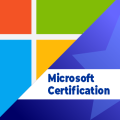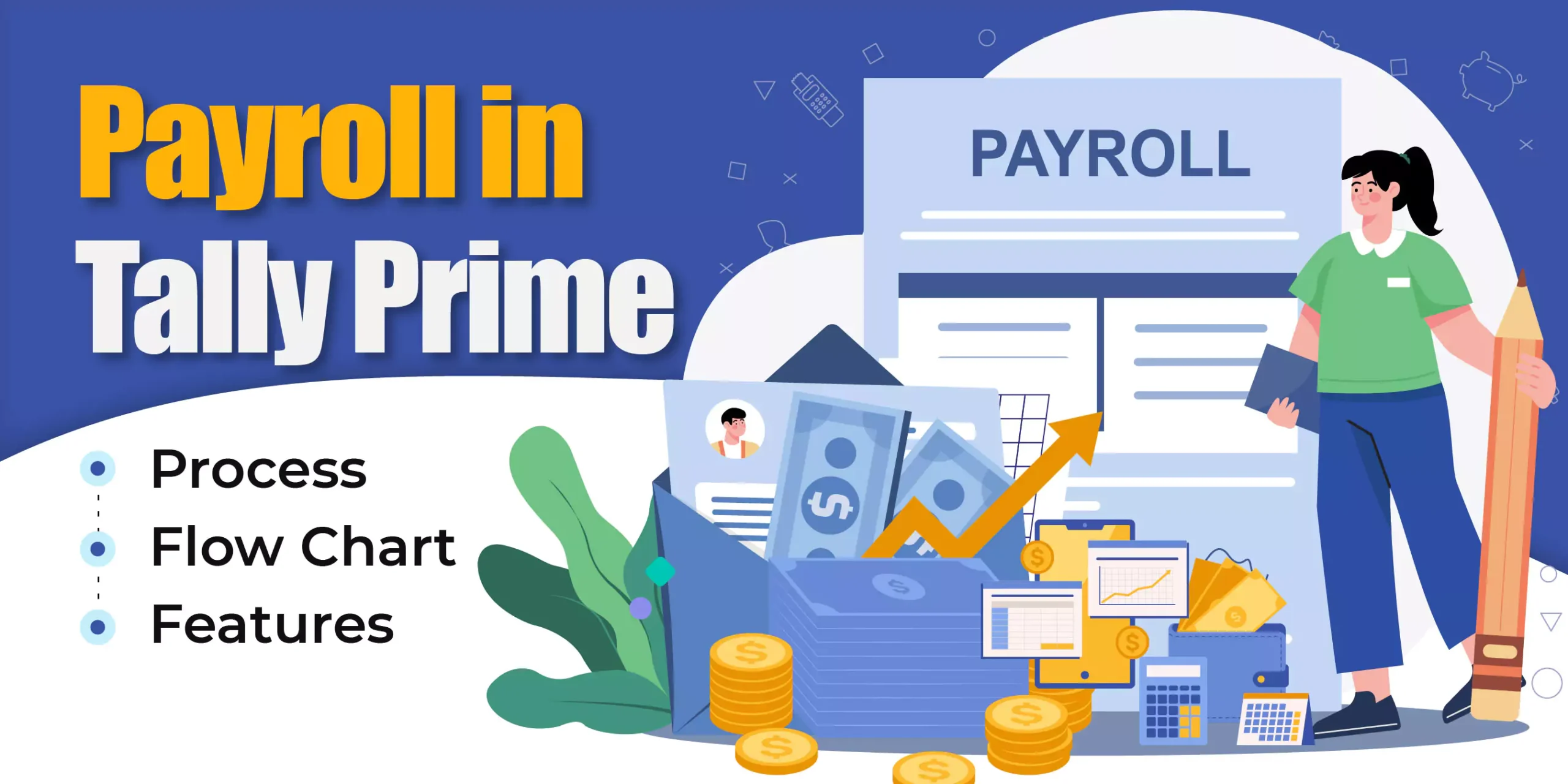
How to Use BRS in Tally Prime: A Step-by-Step Guide
Maintaining accurate accounting data in the complex accounting world is challenging to ensure smooth financial operations. But if you are using Tally Prime then crucial aspects of accounting become easy. You can use BRS in Tally Prime to match bank records with your accounting records.
This blog will explain the concept of BRS in tally prime. You can learn the core concepts of maintaining BRS Tally Prime and how to generate reports in BRS report in tally prime.
First, let’s understand the meaning of the Bank Reconciliation Statement (BRS).
Table of Contents
What is a Bank Reconciliation Statement (BRS)?
A BRS is simply defined as a platform that matches your company’s cash book (maintained in Tally Prime) and the bank statement issued by your financial institution. BRS allows you to find any errors or discrepancies between these two records. Thus, it helps to create a clear picture of your company’s financial standing.
Following are the different reasons why BRS is needed:
- Outstanding Checks: If your company has issued checks, but the bank has not cleared them yet. In this case of outstanding checks, BRS is needed.
- Deposits in Transit: An amount is deposited into your account, but it’s not showing in the bank statement.
- Bank Service Charges: Fees levied by the bank that haven’t yet been recorded in your cash book.
- Interest Earned: An interest that is earned on your company’s bank account but not reflected in the cash book.
- Errors: If any manual error is generated while recording transactions in the cash book or the bank statement.
I hope now, you have an idea about the BRS and its requirements in different scenarios. To resolve all the BRS issues quickly, the powerful accounting software Tally Prime has introduced the BRS feature in Tally Prime.
Before moving into the concept of BRS in Tally Prime, read some insightful articles related to Tally Prime here:
In the article’s next section, we will explain the step-by-step process of doing Tally Prime BRS Tally Prime.
Maintaining BRS in Tally Prime
Here, we will explain how someone can work with the BRS Tally Prime feature to maintain consistency in bank records and self-maintained records. Let us explore the BRS in Tally Prime with a real-life case scenario.
Scenario: Let us consider that Mahesh is working as an accountant for “Naryan Pvt. Ltd,” a growing retail business. The company has one account with City Bank. Now it’s the end of the month, and Mahesh has to cross-check all the transactions and match them with the bank statements for “May” 2024.
Let’s see how Mahesh is completing its task easily with the feature of BRS in Tally Prime.
Step 1: Accessing the BRS Feature
Mahesh initiated the process of BRS in Tally Prime by navigating through the Bank Reconciliation function and following the steps mentioned below:
- Open Tally Prime.
- Go to Gateway > Banking > Bank Reconciliation.
- A “Bank list” window will open. Select “City Bank Current Account” (or select the bank account of your choice).
- Press Enter.
Step 2: Entering The Opening Balance
The BRS window shows the bank statement’s closing balance as of the previous month (April 3oth, 2024, in this case). Mahesh has to reconcile it with his company’s cash book balance for the City Bank Current Account.
Mahesh found that the bank statement showed a closing balance of ₹100,542 on April 3oth. However, upon checking the Naryan Company’s cash book, Mahesh finds the actual balance to be ₹98,215. Thus, Mahesh rectifies it by entering ₹98,215 in the “Opening Balance (As per Cash Book)” field. Check out the steps that Mahesh followed to reconcile this:
- Verify the displayed “Opening Balance (As per Bank Statement)”.
- If there is any mismatch in the balance of the Company’s cash book balance for the City Bank Current Account on April 3oth, 2024. Then enter the correct amount in the “Opening Balance (As per Cash Book)” field.
Step 3: Reconciling Transactions
Now comes the most important part of the reconciliation process the BRS in the Tally Prime window is divided into two parts:
- Cash Book: This section of Tally Prime will maintain all the transactions in the Tally Prime cash book for the City Bank Current Account during May 2024.
- Bank Statement: This section initially remains blank. You’ll populate it with transactions from your actual bank statement for May 2024.
Explore more insightful articles on Tally Prime here:
Reconciling Outstanding Checks
Mahesh then started looking for outstanding checks and reconciling them. There are 3 outstanding checks in the “Cash Book,” with a total value of ₹25,700. These checks were issued by the company to suppliers in May but haven’t been cleared yet. Mahesh marked them as “Unreconciled” for now.
- In the Cash Book section, select the outstanding checks. These are denoted by a checkmark (✓) in the “Unreconciled” column. This section reflects checks issued by Naryan Company but not yet cleared by the bank.
- To mark a check as reconciled, click on the checkmark and select “Mark Cleared”.
All these steps are crucial while performing BRS in Tally Prime. So, follow the steps properly to avoid any errors.
Reconciling Deposits in Transit
While performing the BRS, Mahesh again noticed that a deposit of ₹12,000 was made on May 29th, 2024, in the “Cash Book” but not reflected on the bank statement yet. Mahesh marked this as “Unreconciled” for now. Let’s check out the following process that he followed to rectify BRS in tally prime:
- Find out transit in the “Cash Book” section, then select marked with a checkmark in the “Unreconciled” column. Once Mahesh does this, it shows that deposits made by Naryan Company haven’t been reflected in the bank statement yet.
- Since these transactions were not present in the bank statement initially, Mahesh doesn’t need any action to perform here yet.
Reconciling Bank Service Charges and Interest Earned
Mahesh, while checking the details, found out that the bank had deducted ₹500 banks for bank service charges incurred in May but was not present in the bank statement.
Mahesh smartly entered this transaction in the “Bank Statement” section with the date it appears on the statement. Here, Mahesh chooses the Bank Charges ledger account.
- While doing BRS in Tally Prime, cross-check the details of L bank service charges and interest earned in your bank statement for May 2024. These won’t be present in your cash book initially.
- Carefully fill in the details in the “Bank Statement” section with appropriate dates and amounts.
- Select the relevant ledger accounts while entering these transactions (e.g., Bank Charges for service fees, Interest Received for earned interest).
If you are interested in learning to complete Tally Prime then explore the courses here
All these steps are important while performing BRS Tally Prime. If you miss any steps, they will be reflected in the final reports.
Step 4: Reconciling the Balance
Mahesh successfully reconciled the outstanding checks by marking them as “Mark Cleared”. Once the bank accepts this, they’ve been cashed. Mahesh has to wait a few days, and the deposit of ₹12,000 is reflected in the bank statement.
Now, no more discrepancies left. Both the “Balance (Cash Book)” and “Balance (Bank Statement)” show a matching amount of ₹84,945.
- The “Balance (Cash Book)” and “Balance (Bank Statement)” should ideally match at the bottom of the BRS window.
Step 5: Saving and Printing BRS Reports
The final step of BRS in Tally Prime is saving the changes and printing the reports.
- After completing the reconciliation, Mahesh can save the BRS report for future reference.
- Mahesh can even print reports by clicking on “Print” in the BRS window.
Go carefully and implement each step while performing BRS in Tally Prime. This will ensure that your company’s financial records are accurate for smooth business operations.
Looking to read some more insightful articles on tally prime, then visit the articles here:
BRS Reports in Tally Prime
BRS Tally Prime allows you to create various reports related to BRS. All these reports play an important role in managing your financial statements. Let’s check the BRS report in tally prime:
- Bank Reconciliation Statement: This report represents a detailed list of reconciled and unreconciled transactions and the opening and closing balances.
- Aging of Outstanding Cheques: This report stored the information of all outstanding cheques that elapsed. These details help to identify and follow up on overdue checks.
- Aging of Unpresented Deposits: Unpresented Deposits report keeps track of deposits the bank has not cleared, categorized by age.
These reports help you to analyze and track cash flow and bank activity over time.
Conclusion
Businesses that maintain accurate BRS in Tally Prime can ensure financial integrity and even get valuable insights into cash flow. Regularly performing reconciliations in bank statements can detect potential errors and reduce the chances of any discrepancy.
I hope you will get some insights on BRS and how to manage BRS in Tally Prime with this guide. If you have any doubts and need expert advice to resolve it, then comment below.
- Multi GST in TallyPrime: Effortless Multi GST Handling - June 21, 2024
- How to Use BRS in Tally Prime: A Step-by-Step Guide - May 17, 2024
- Income from House Property: A Taxpayer’s Guide - May 10, 2024

.jpg)


















